Data Warehousing Architecture: Azure SQL vs Redshift
10 October 2022 | Noor Khan
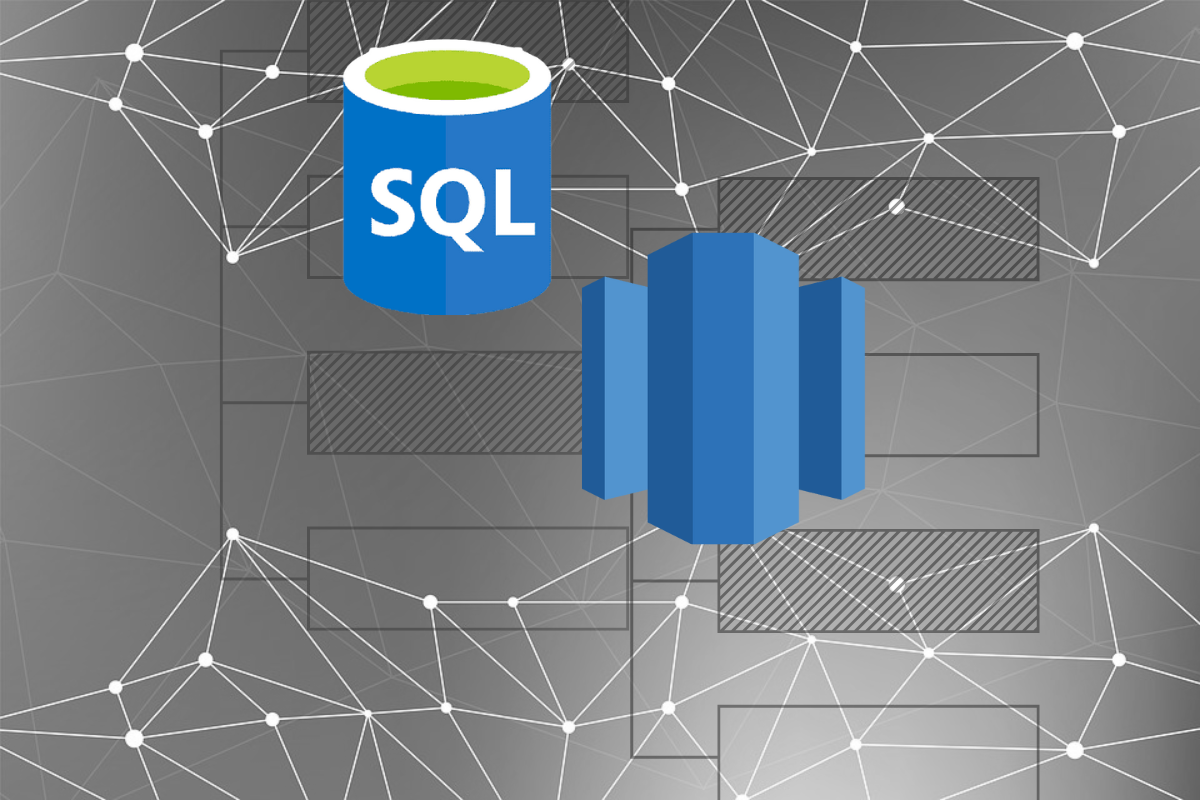
There are quite a few different data warehouse technologies to choose from, and knowing where to start, what to look for, and what data warehouse service is going to be best for your business is key. Deciding on a data warehousing technology that is suitable to your business needs, goals and objective is essential as it will have long-term implications, whether that’s positive or negative.
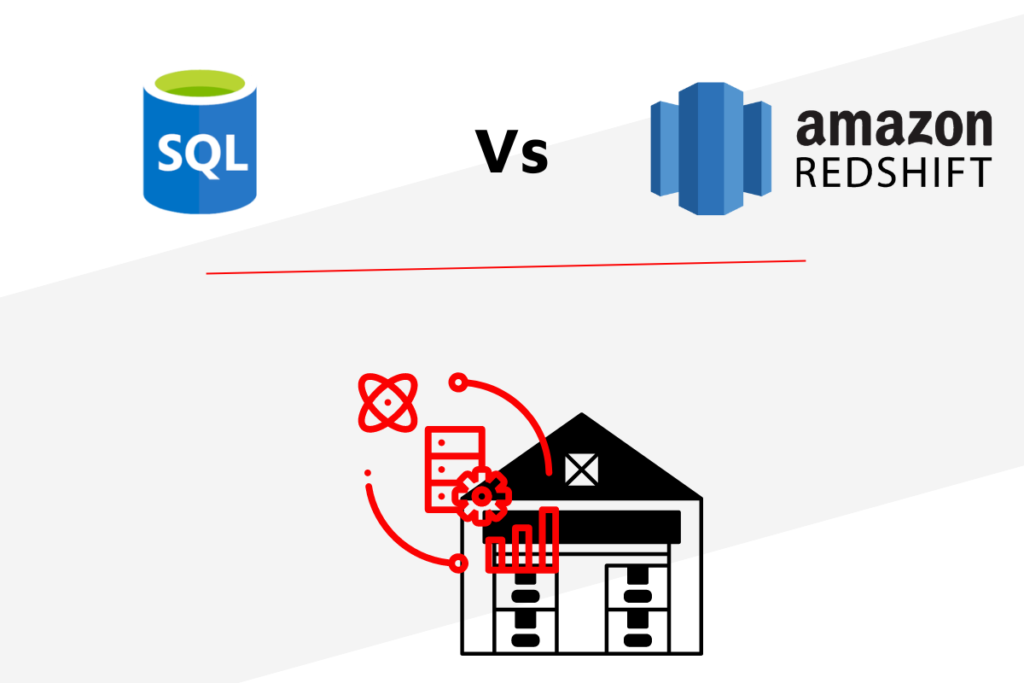
In this article, we will look at the two leading data and cloud computing technologies offered by the biggest names in technology. Azure SQL and AWS Redshift are two technologies which are popular when architecting data warehouses. Ardent’s engineers are proficient in both have delivered several data warehousing projects for clients using these leading technologies.
Data warehousing with Azure SQL
Azure SQL is a managed Data Warehouse-as-a Service (DWaaS) provided by Microsoft. It acts as a federated repository for data, which is collected by a business’s operational systems. The architecture of the data warehouse is based on the latest general release of the SQL server, and can be used by data analysts, data scientists, and end-users to run queries, process information, and examine metric data.
Pros and Cons of Azure SQL
There are a number of benefits and limitations of using Azure SQL for warehousing your data. Benefits:
- Scalable computing power
- Full compliance with PCI-DSS, SOX, and HIPAA standards/regulations
- Built-in Threat Detection
- Makes use of Azure cloud compute and storage resources
- Microsoft is a trusted brand for system management
- Suitable for enterprise-level data warehousing
Limitations
- Moving data into the cloud can be difficult
- Some functions are considered outdated and only work through the ‘Classic’ portal
- Only supports up to 32 connections at a time
Read about Ardent being a Microsoft Gold Partner and what it means for you.
Data warehousing with AWS Redshift
Redshift is an Amazon product that provides a petabyte (PB) scale data warehouse service that operates with cloud technology. The warehouse service is fully managed and can be scaled to allow growth for new insights and customers. Based on PostgreSQL, the platform offers a high level of flexibility and can integrate with most third-party platforms with its JDBC and ODBC drivers.
Pros and Cons of Redshift
Each technology has a number of key benefits and some limitations you should consider.
Benefits:
- High-performance standards
- Flexible scalability and room for data growth
- Wide selection of easily administered tools for automation
- Widely supported querying tools
- Offers columnar storage
- RBAC encryption and SSL connections
- HIPAA, SOC2 Type II, Fed ramp, and PCI certified
Limitations
- Does not provide a multi-cloud solution
- Concurrent execution can cause performance problems
- Is not based on a serverless architecture
Read about Ardent being a certified AWS partner and what that means for you.
Key differences between Azure SQL and Redshift for data warehousing
When looking at Azure SQL and AWS Redshift for data warehousing, your specific data needs, database set-up, operational requirements, and familiarity with the platforms, will largely influence how you make your decision.
Scalability
There are lots of elements to consider, for example, when it comes to scalability, Redshift cluster modification is done through a management console or an API, with the changes immediately applied. With the Azure SQL data warehouse, scaling of clusters can be done through compute and storage units independently and can take minutes to be applied.
Indexing
For Indexes, Azure supports all SQL concepts (indexes, stored procedures, user-defined functions), whereas Redshift supports two kinds of sort keys (compound and interleaved).
The differences between the two platforms are largely in functionality and operation, which can make deciding a challenge if you are not familiar with the intricacies involved, and seeking expert advice and assistance is highly recommended.
Ardent data warehousing services
Ardent engineers work with a number of world-leading technologies to deliver robust, highly scalable and accessible data warehouses for our clients. Azure SQL and AWS Redshift are just some of the technologies we have employed for data warehousing. If you are looking to build a data warehouse and are unsure of the right data warehousing technology stack for your business, data and objectives, we can help. Let’s set up a quick discovery call to discuss your challenges to finding a data warehousing solution that is right for you.
Explore our data warehousing services or our data engineering services.
Ardent Insights
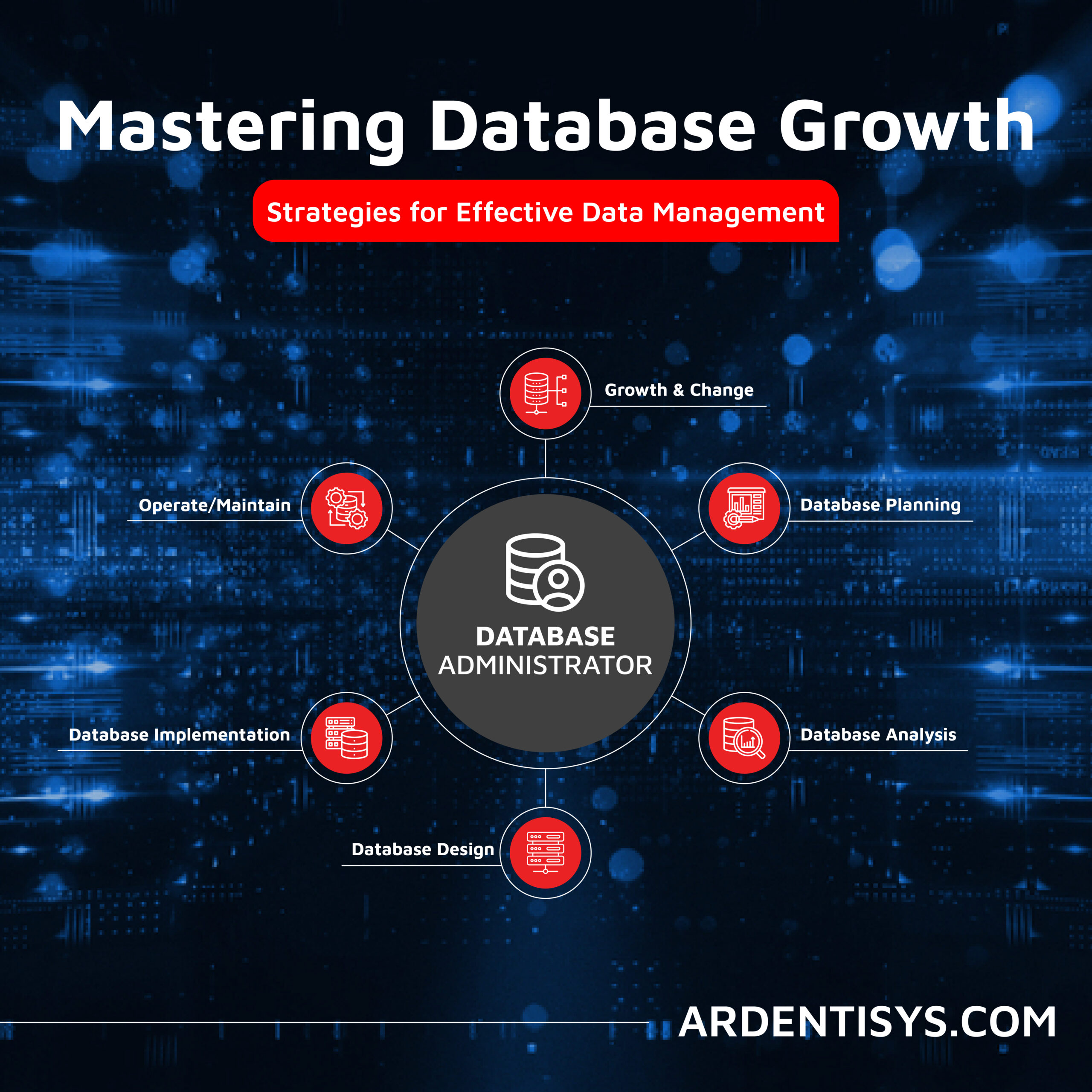
Overcoming Data Administration Challenges and Strategies for Effective Data Management
Businesses face significant challenges to continuously manage and optimise their databases, extract valuable information from them, and then to share and report the insights gained from ongoing analysis of the data. As data continues to grow exponentially, they must address key issues to unlock the full potential of their data asset across the whole business. [...]
Read More... from Data Warehousing Architecture: Azure SQL vs Redshift
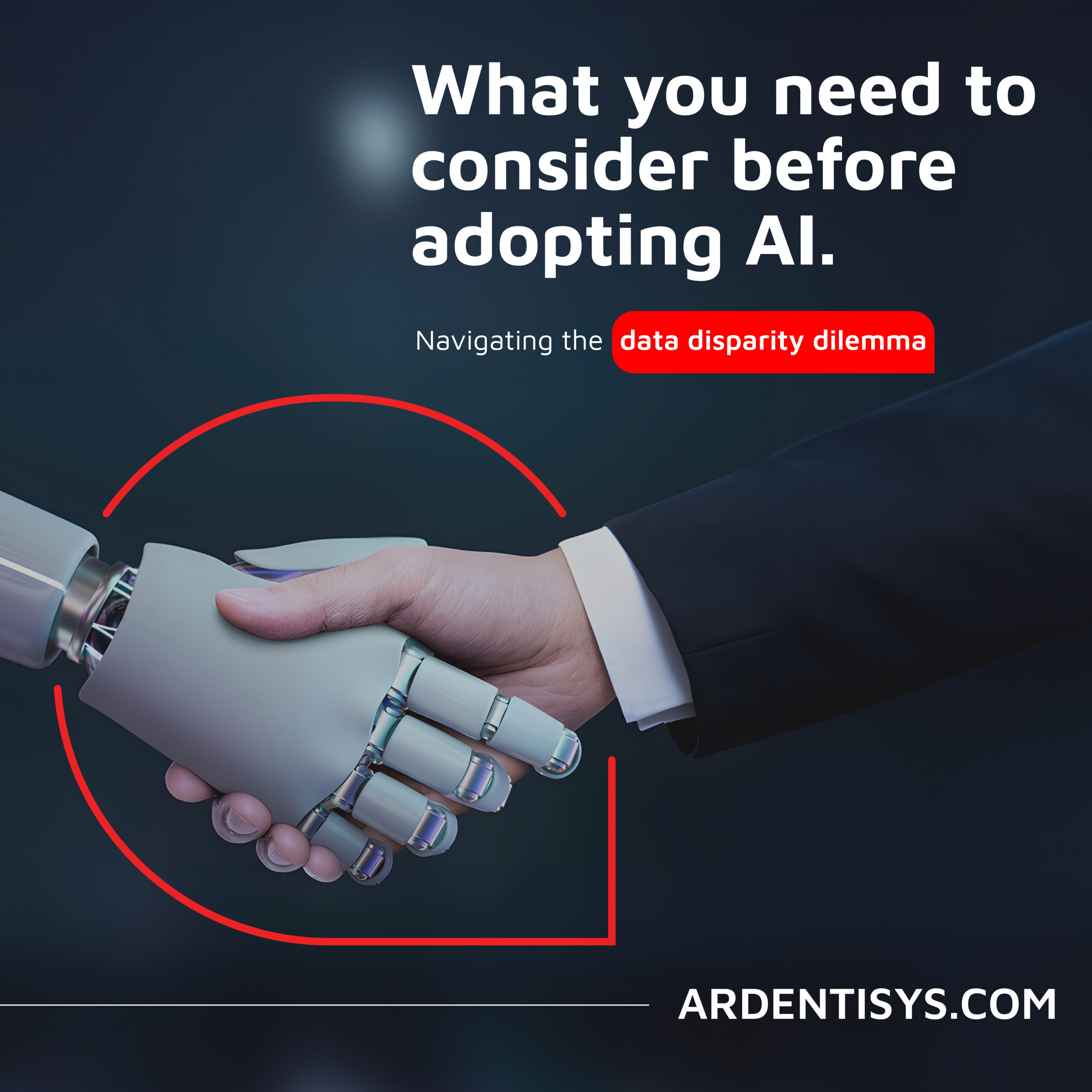
Are you considering AI adoption? We summarise our learnings, do’s and don’ts from our engagements with leading clients.
How Ardent can help you prepare your data for AI success Data is at the core of any business striving to adopt AI. It has become the lifeblood of enterprises, powering insights and innovations that drive better decision making and competitive advantages. As the amount of data generated proliferates across many sectors, the allure of [...]
Read More... from Data Warehousing Architecture: Azure SQL vs Redshift
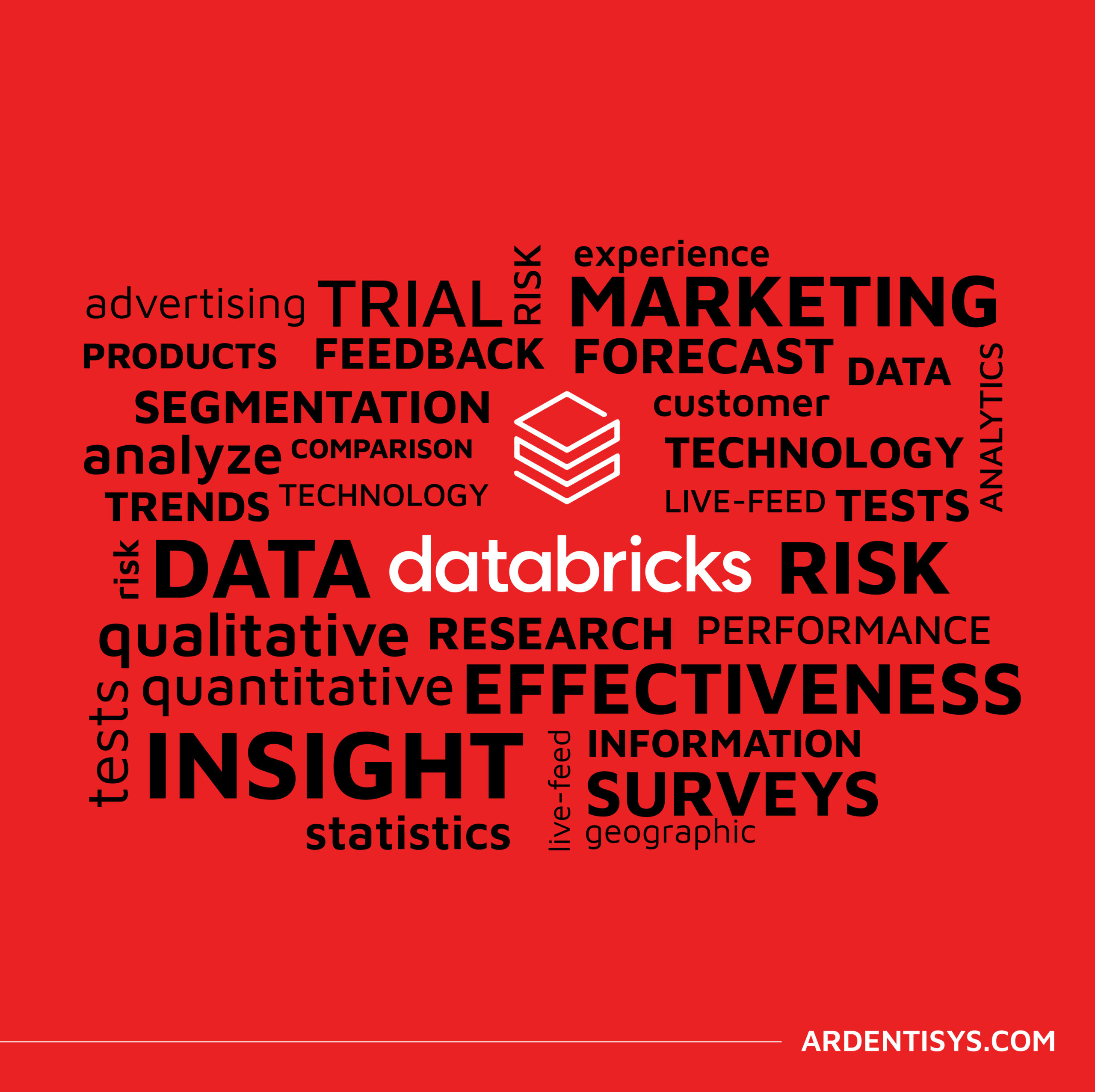
Why the Market Research sector is taking note of Databricks Data Lakehouse.
Overcoming Market Research Challenges For Market Research agencies, Organisations and Brands exploring insights across markets and customers, the traditional research model of bidding for a blend of large-scale qualitative and quantitative data collection processes is losing appeal to a more value-driven, granular, real-time targeted approach to understanding consumer behaviour, more regular insights engagement and more [...]
Read More... from Data Warehousing Architecture: Azure SQL vs Redshift






